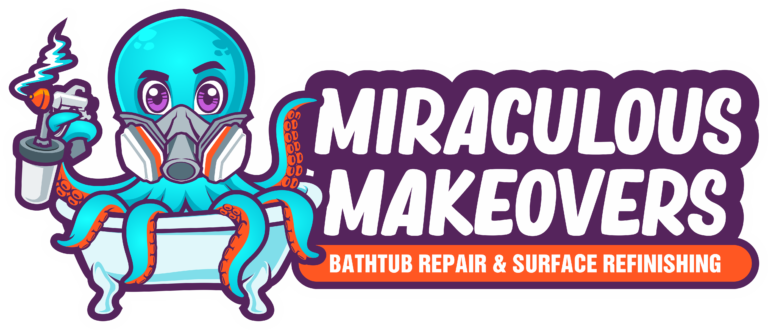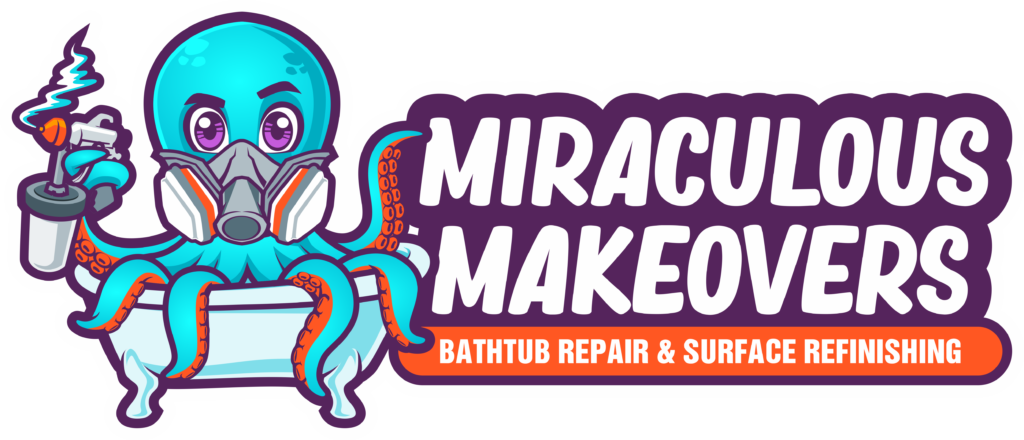Homeowners don’t think too much about their bathrooms until something goes seriously wrong. By that time, you could be facing a serious repair and the bill that comes with it. Regular inspections of your bathroom can catch those small problems before they develop into something bigger.
Clogged Drains
If your sink or bathtub drains run slowly, they could be clogged with hair and soap gunk. You may view this as a minor inconvenience, but if your drain becomes completely blocked, it could cause leaks or broken pipes.
Drains can be unclogged with a liquid or foam drain cleaner or a plumber’s snake. To prevent future clogging, you can purchase fine-mesh drain covers that trap loose hair. You can also pour baking soda and vinegar down your drain regularly on a regular basis for a natural way to keep pipes open.
Water Damage
Almost all water pipes in your bathroom are hidden behind walls. You may not notice a leak until you notice the water damage. That’s why you should regularly inspect for water damage on floors, walls, and under cabinets. You may see stains or discoloration or notice soft spots.
Leaks can cause mold to grow around the affected area.
Mold thrives in areas that are damp and warm, and it can spread rapidly. The spores that mold releases can cause respiratory problems and allergic reactions.
Running Toilet
If your toilet is not functioning properly, you may hear a gurgling noise or notice the water level in the bowl isn’t what it should be. You may also notice a sudden increase in your water bill. Most common toilet problems are easy to fix.
Inside the toilet tank are many moving parts that can wear out over time. The flushing handle can get loose or the trip level can become disconnected. If the toilet is running, the flapper may not be sealing properly. Sometimes corrosion can settle on the flapper, causing a leaky seal. If the toilet leaks where the base meets the floor, you have a bigger problem. The wax ring may need to be replaced.
Regularly inspecting your bathroom for common problems can keep everything functioning as it should and prevent small issues from escalating. You should know the common signs to look for that can be red flags for impending damage. Preventative maintenance can save you time and money.
Did you enjoy reading this article? Here’s more to read: 4 Signs That Your Tub or Sink Could Use Some Work


